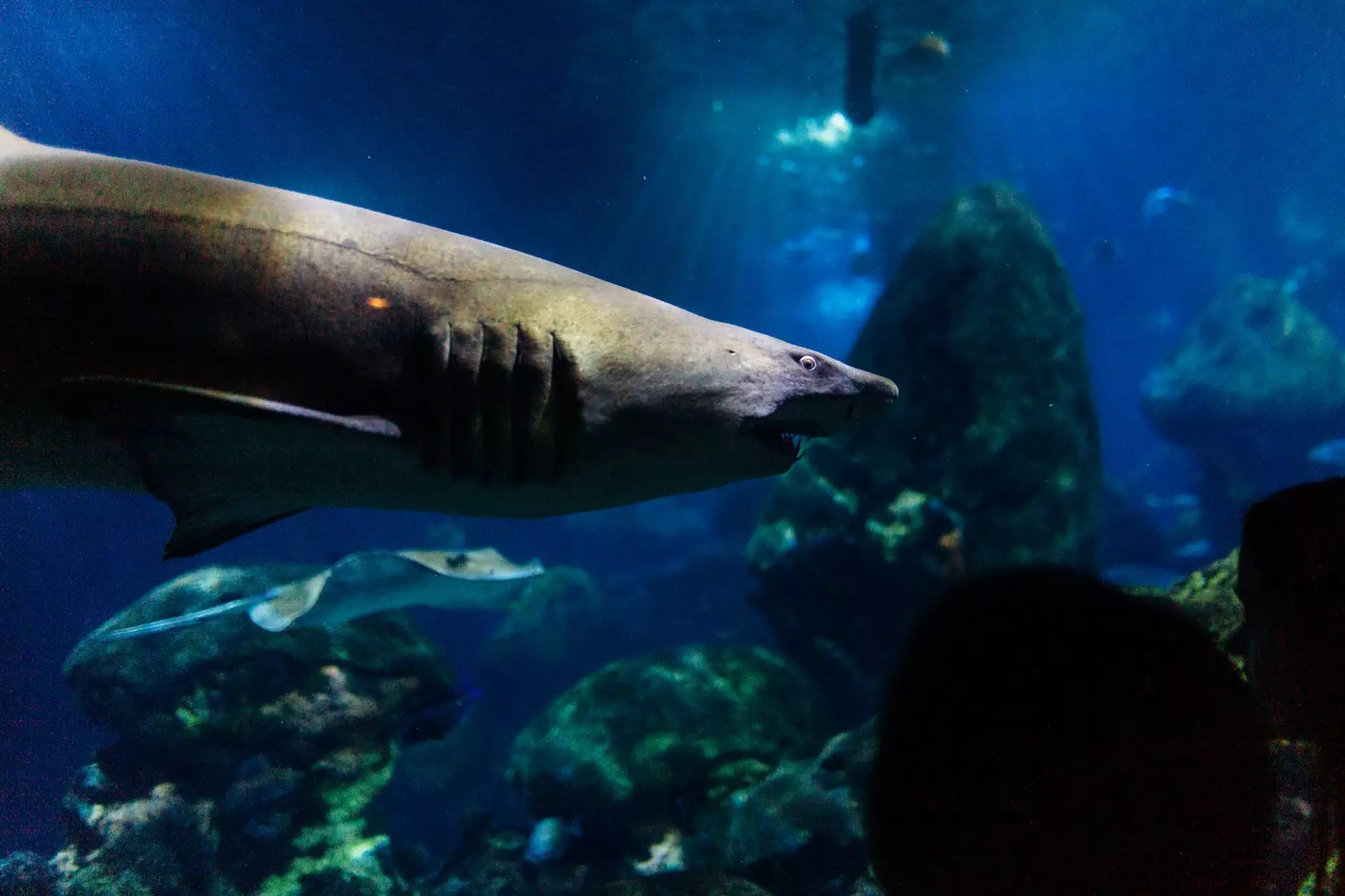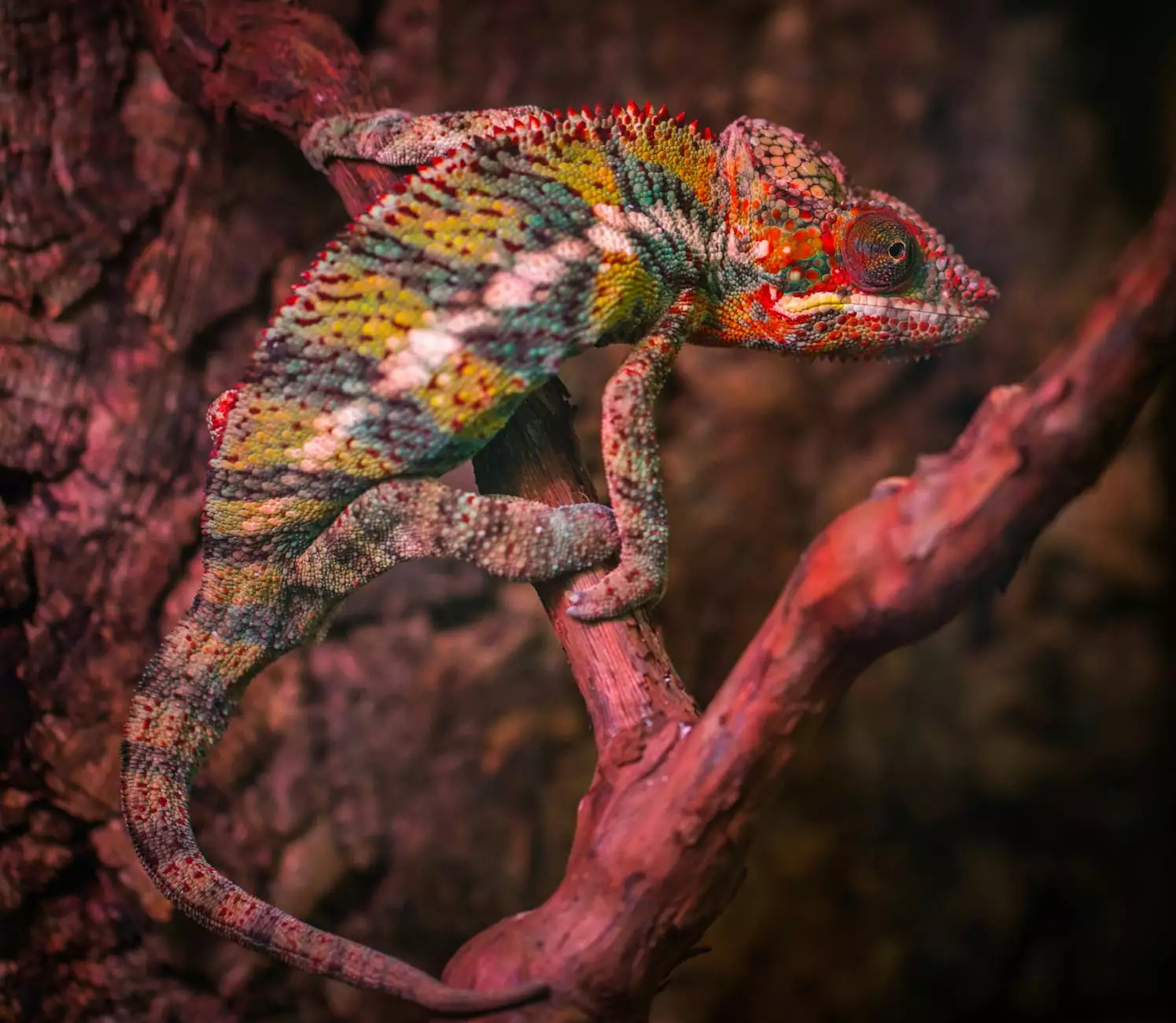Majestic Mako Sharks
Marine Conservation
Welcome to Azongal, your ultimate destination to explore the wonders of the deep blue sea. In this guide, we invite you to indulge in the captivating world of majestic Mako sharks. Prepare to embark on an exhilarating journey as we delve deep into the characteristics, habitats, and behavior of these magnificent creatures.
Introduction to Mako Sharks
Mako sharks, scientifically known as Isurus oxyrinchus, are one of the most awe-inspiring species found in the world's oceans. With their streamlined bodies, impressive size, and lightning-fast speeds, they command attention and respect from anyone fortunate enough to witness them in their natural habitat.
The Mighty Hunters of the Ocean
Mako sharks are renowned for their remarkable hunting abilities. As apex predators, they occupy the top of the marine food chain. With their sleek bodies and powerful muscles, they are built for speed and agility. Mako sharks can reach incredible speeds of up to 45 miles per hour, allowing them to swiftly pursue their prey and strike with precision.
Mako Shark Feeding Behavior
These majestic creatures primarily feed on a diverse range of marine species, including fish, squid, and even other sharks. Their sharp, serrated teeth enable them to tear through their prey, making them highly efficient hunters. Makos are known to exhibit both solitary and cooperative hunting behaviors, depending on the availability of food sources.
Mako Shark Characteristics
Mako sharks possess several unique characteristics that contribute to their captivating allure. Their streamlined bodies are designed for minimizing water resistance, allowing them to move swiftly and effortlessly through the ocean currents. These sharks have a vibrant blue or grayish coloration on their dorsal side, while their underbelly is typically white, aiding in camouflage.
Size and Anatomy
Adult Mako sharks can grow up to an average length of 10 feet, although some individuals have been recorded to reach lengths of over 13 feet. These sharks have a slender body shape, powerful tails, and long, slim pectoral fins. Their aerodynamic structure enables them to reach astounding speeds, showcasing their extraordinary swimming capabilities.
Adaptations for Survival
In addition to their physical attributes, Mako sharks possess remarkable adaptations that help them thrive in various marine environments. Their sharp, serrated teeth aid in capturing prey, while their large jaws allow them to consume larger marine life. Their keen senses, including excellent eyesight, acute hearing, and a strong sense of smell, facilitate their survival in the vastness of the ocean.
Mako Shark Habitats
Mako sharks are found in temperate and tropical waters worldwide, inhabiting both coastal and pelagic zones. They have a wide distribution, being present in the Atlantic, Indian, and Pacific Oceans. These powerful creatures prefer warmer waters but are capable of tolerating a range of temperatures, making them highly adaptable to different oceanic conditions.
Migration Patterns
Mako sharks are known for their impressive migratory patterns, traveling vast distances in search of optimal feeding grounds and suitable breeding areas. They are capable of transoceanic migrations, moving between different ocean basins. These migrations serve various purposes, including accessing abundant food sources during different seasons and finding mates.
Conservation and Threats
Despite their majestic status, Mako sharks face numerous conservation challenges. The International Union for Conservation of Nature (IUCN) identifies the shortfin Mako shark as a vulnerable species. Overfishing, bycatch, and habitat degradation are among the primary threats these sharks encounter. As responsible inhabitants of this planet, it is our duty to actively participate in their conservation and ensure their continued existence for future generations.
Conservation Efforts
Several conservation organizations, researchers, and governments worldwide are working tirelessly to protect Mako sharks and their habitats. Implementing fishing regulations, promoting sustainable fishing practices, and raising awareness about the importance of marine conservation are crucial steps towards safeguarding these majestic creatures.
Conclusion
In conclusion, Azongal invites you to immerse yourself in the captivating realm of majestic Mako sharks. We hope this comprehensive guide has deepened your understanding of these remarkable creatures, their characteristics, habits, and the challenges they face. Let us unite in our efforts to preserve their existence and ensure the conservation of our planet's mesmerizing marine biodiversity.










